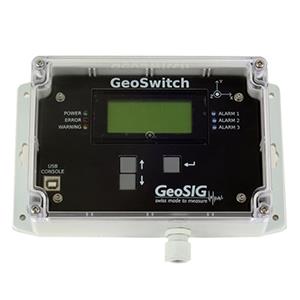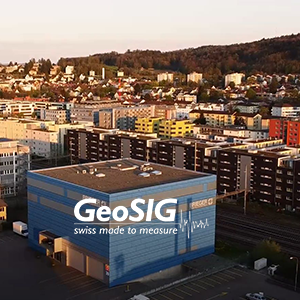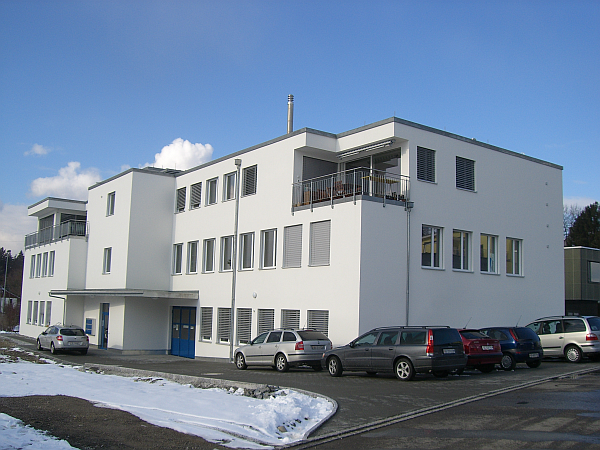GeoWatch Issue 39
24/04/2009
|
Table of contents
|
|||||||||
|
|||||||||
| Foreword | |||||||||

We foresee a lot of improvement and expansion for GeoSIG in the near future and are already planning an additional 1'000 m2 of office and production space, available within the next 6 to 9 months. Our answer to the worldwide crisis is with investment to growth and agility. As cities and their infrastructure grow stronger after devastating earthquakes, our business will enhance against the negative effects of the overall recession; keep following us! Christoph Kündig, CEO
|
|||||||||
EJtech presents our measuring solutions including sample units such as modules from our state of the art CR-5P Seismic, Earthquake and Structural Monitoring System as well as the AC-63, AC-23 and downhole versions of our sensors.
EJtech Co. Ltd., one of the GeoSIG representatives in
The data evaluation in this step was as follow:
1. Baseline correction (using the whole data record)
2. Low pass filter (15 Hz cut off, 6 pole)
3. High pass filter (0.7 Hz cut off, 12 pole)
4. FFT Magnitude (8192 points, ½ overlapping of data chunks,
Hanning window function)

Figure 2. EBC Modes
The second step was to configure the model and run a simple modal analysis to verify the established frequencies and see the modal shapes.
Consequently preliminary and full data analysis relieved the first and second modes identically at 7.3 and 10.5 Hz as expected due to different stiffness at orthogonal directions.
|
Our new line of instruments, GMS (GeoSIG Measuring System) has been utilised to measure the sway Frequency of the European Business Centre (EBC) building, where GeoSIG is also located. A simplified model of the EBC building was created in the ARTeMIS software based on the actual structure and the measuring setup is configured as actually performed as shown in Figure 1. GeoDAS was used for data acquisition and system configuration, as well as preliminary data analysis. The measurements were taken several times, to be sure that the correct building sway frequency was measured. Three GMS-18 instruments with biaxial AC-63 sensors were used to perform this measurement.
Figure 1. EBC Side View, ARTeMIS Model and Measurement Setup
Each instrument was configured to generate 15 minutes ring buffer files. For data evaluation, a two step procedure was employed. The first step was to take the ringbuffer files corresponding to the same time and pre-analyse with GeoDAS to see the dominant frequencies as well as to judge whether the collected data was reasonable. |
GeoSIG Ltd • Ahornweg 5A • 5504 Othmarsingen • Switzerland
Tel.: +41 44 810 21 50 • Fax: +41 44 810 23 50 • Email: marketing@geosig.com • www.GeoSIG.com
































